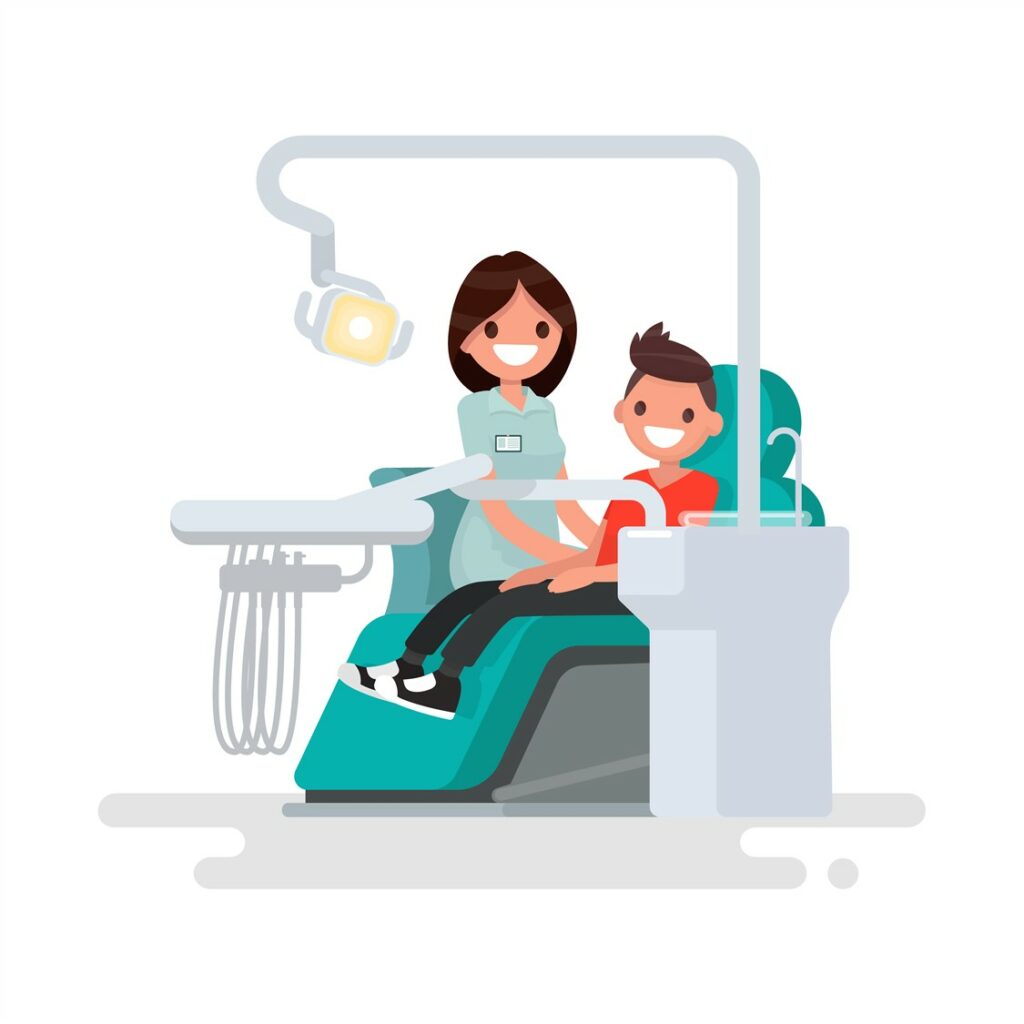What is sedation?
Sedation refers to a depressed level of consciousness and can be induced in three levels.
Minimal sedation involves just enough sedation that the patient can continue to breathe, clear their airways and respond to verbal and tactile cues on their own. Under minimal sedation, the patient’s respiration and eye movements remain normal and they retain their protective reflexes (they retain their ability to withdraw from pain).
Moderate sedation is achieved when the patient retains heart function and is able to breathe without assistance. A moderately sedated patient can respond to verbal cues with or without the addition of light physical stimulation.
Deep sedation occurs when unconscientiousness is pharmacologically (drug) induced. In an unconscious state the patient loses some or all of their protective reflexes and requires assistance to maintain their airway. Unconscious patients do not respond meaningfully to physical stimulus or verbal cues.
How is sedation administered?
Sedation can occur enterally (taken orally and absorbed in the gastrointestinal tract), by inhalation (gaseous substance absorbed through the lungs) or parentally.
Parenterally administered sedation bypasses the GI tract and can therefore be dosed more accurately than orally administered drugs. Parenteral means non-oral, and as a result includes inhalation as well as:
-topical (applied to skin for effect at the site)
-sublingual (under the tongue)
-subcutaneous (beneath the skin)
-intranasal (in the nose)
-transdermal (absorbed through the skin for effect throughout the body)
-intravenous (into the vein)
-intramuscular (in the muscle tissue)
-intradermal (shallow injection into the skin)
-intrathecal (injection into the spinal canal for effect through the cerebrospinal fluid) and
-intraperitoneal (into the abdominal cavity)
Dental Sedation
Dentists use either of four modalities to achieve patient sedation. The modality chosen is dependent upon the qualification(s) of the dental practitioner administering the drug, as well as the circumstances surrounding the patient and procedure itself.
Modality 1) Nitrous oxide (aka laughing gas) and oxygen
Modality 2) Oral administration of a single sedative drug (benzodiazepines or benzodiazepine-like drugs)
Modality 3) Oral administration of a single sedative drug and nitrous oxide or supplemental use of additional single sedative drug
Modality 4) Parenteral or parenteral-like sedation (non-oral):
Regardless of the modality chosen, your dentist will also use a local anesthetic to reduce or eliminate pain at the procedure site.
What is a benzodiazepine? Is it safe?
Benzodiazepines, often called ‘benzo’s’ are a class of medications called minor tranquilizers. The first benzodiazepine, Librium, was accidentally discovered in 1955 by Leo Sternbach. Librium went into production in 1960, and by 1977 was among the most prescribed medications, globally. With such a long history of use, medical practitioners understand the mechanism of action of benzodiazepines, and can confidently prescribe them for safe usage.
At Nebula Dental Clinic, Dr. Amr provides oral conscious sedation only, however, Dr. Amr may refer to a dental specialist for deeper sedation, as required.
Benzodiazepines are Central Nervous System (CNS) depressants with the following properties:
-sedative (calming)
-hypnotic (sleep inducing)
-anxiolytic (reduces anxiety)
-anticonvulsant (anti-seizure)
-muscle relaxant
The calming nature and relatively quick onset of effect make benzodiazepines well-suited for premedication in dentistry.
What is nitrous oxide?
Nitrous oxide is a colourless gas which has been administered in medical practices as far back at 1844. The gas is typically administered in conjunction with oxygen and is inhaled. The gas has anesthetic and analgesic (pain control) properties and often results in a euphoric state. The gas takes effect rapidly (reaching the brain in as little as 20 seconds) and has no residual effect on the heart or lungs. Delivery of nitrous oxide can be altered to meet changing sedation needs at any time.
Nitrous oxide is safe for use under the care of a qualified dental practitioner.
When is sedation used in dentistry?
Patient Apprehension
If the idea of dental work sends you running for the hills, you’re not alone. In fact, patient apprehension around dental procedures and cleanings is a common occurrence. Sedation allows the patient to maintain comfortable pain and anxiety levels throughout the procedure. Other reasons to use dental sedation include patients who are medically compromised, have sensitive gag reflexes, or require a substantive amount of dental work, to name only a few.
Sensory Triggers
The bright lights, strong odours and unfamiliar sounds of your dentist’s office can trigger a fear response in some patients who might otherwise not consider themselves ‘afraid’ of the dentist. Sedation dentistry allows those patients with sensory triggers to remain in a state of calm relaxation
Other Benefits
Efficiency
Without sedation to increase patient comfort, the need to complete dental work in stages exposes anxious patients to more anxiety with repeated visits. Sedation allows dentists and their care teams to offer treatments in a single visit in many cases. Prioritizing patient comfort allows the dental team to focus on the process at hand, resulting in shorter, less frequent visits.


